
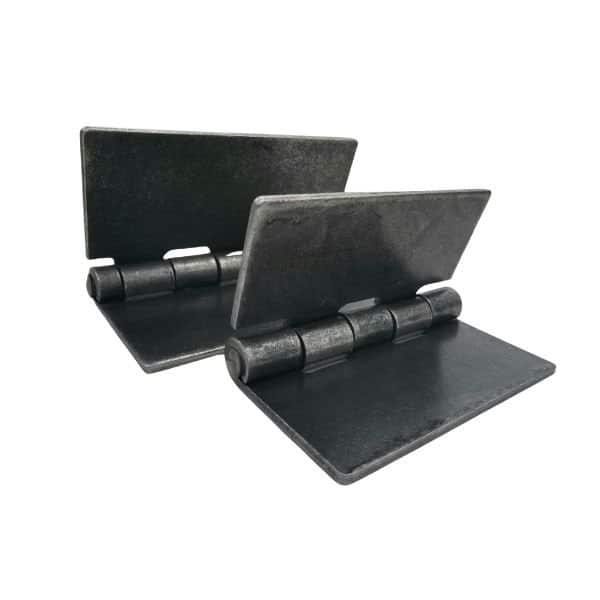

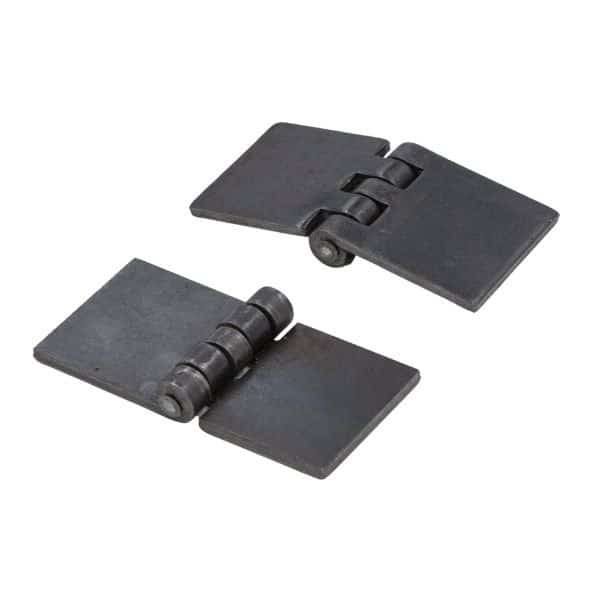
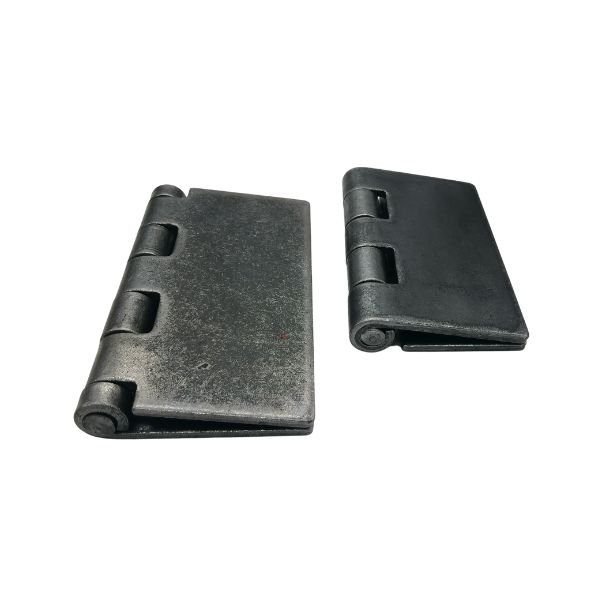
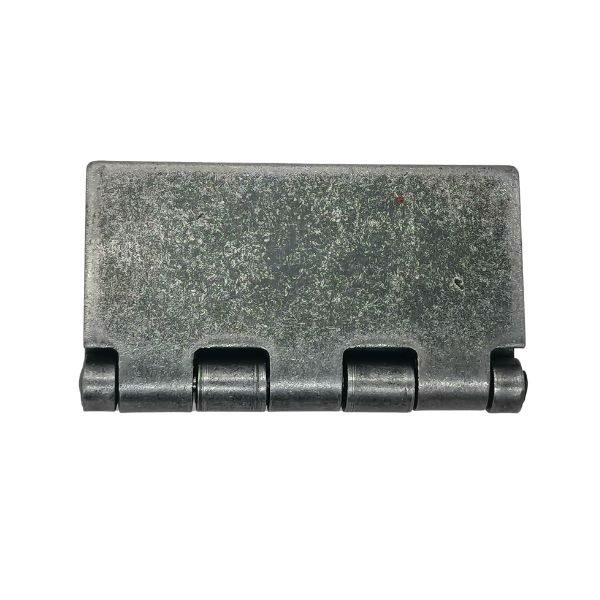
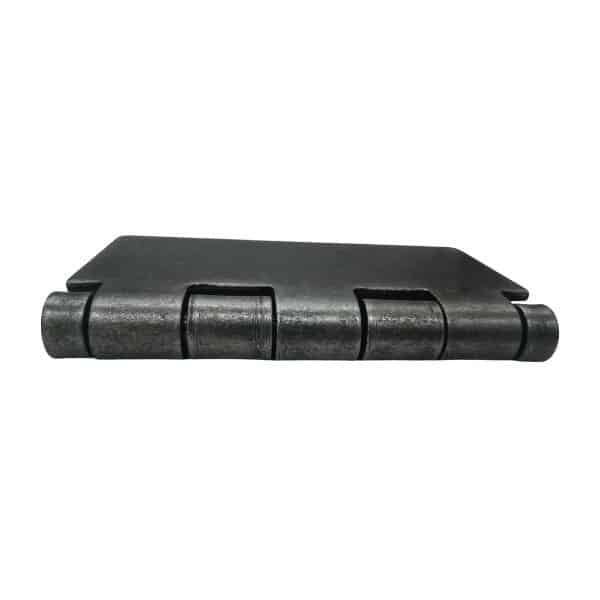



Blank Hinge
A blank hinge, butt hinge, or mortise hinge is often seen on doors. This kind of hinge is formed by two identical metal wings that are joined together by the middle pin and barrel system. One of the hinge’s wings is attached or recessed onto the door, while the other wing is connected to the jamb.
The butt hinge is the most frequently used hinge on different kinds of doors and windows, which you’ll surely see in every home. There are types of heavy-duty butt hinges, such as Ball-bearing butt hinges (for heavy doors) and Lift-joint butt hinges (removing the hinge pin makes it effortless to detach the door from the frame).

Weld-on butt hinge

Steel weld-on butt hinges
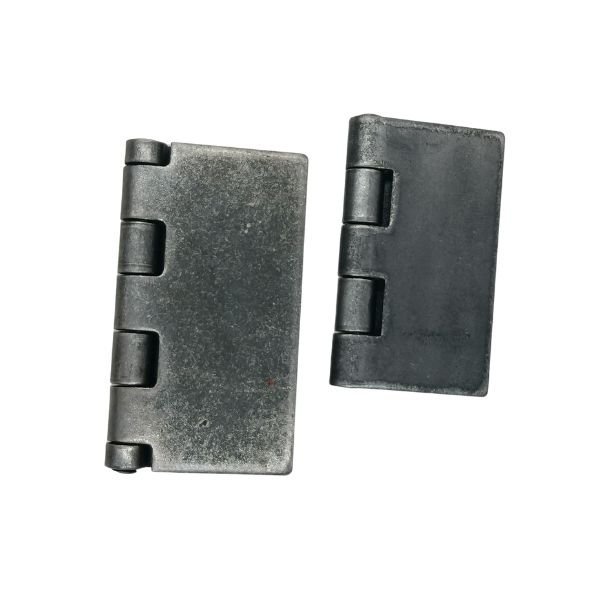
Steel heavy duty butt hinges

Steel blank hinges
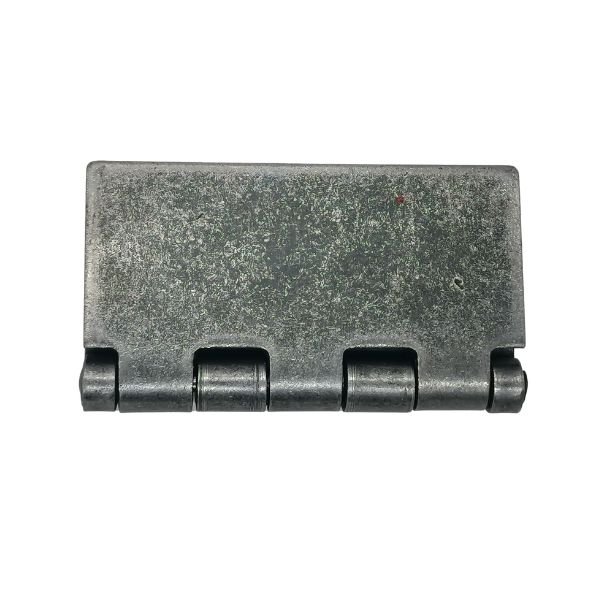
Steel blank door hinges
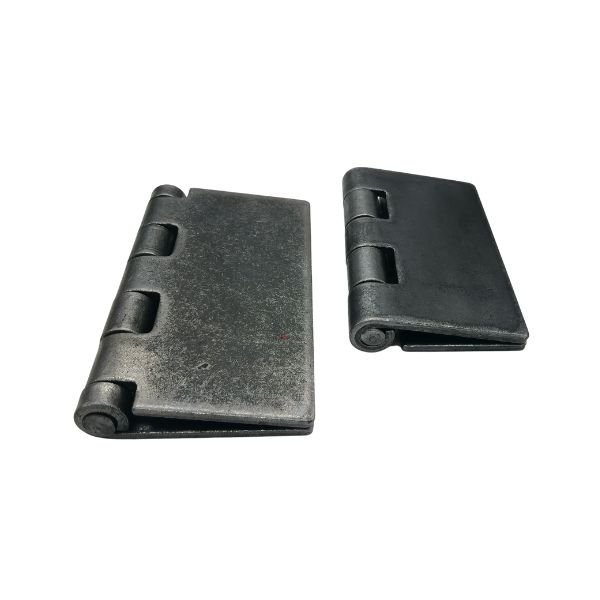
Heavy duty butt hinges
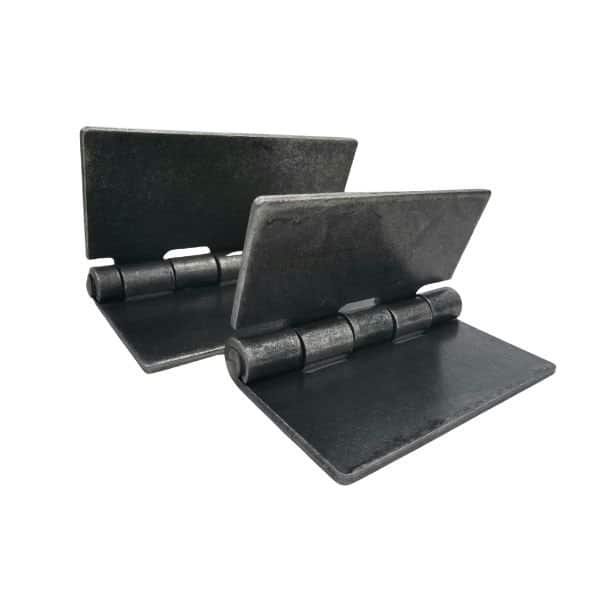
Blank door hinges

Blank hinge
Related Blank Hinges
In creating blank door hinges, Steel (high strength to weight ratio, high tensile strength, cost-effective), Stainless Steel (prevents corrosion that disrupts hinge movement), and Aluminum (light, non-toxic, tough) are the materials that are being used.
Weldable butt hinges are available in various lengths in order to meet your door hardware requirements. It can be 2”, 3”, 3½”, 4”, 4½”, 5”, or 6”, while the width is available in 2”, 3”, 3½”, 4”, 4½”, 5”, 6”. Please note that your blank hinge’s width corresponds with the length of your component.
Its pin diameter is 0.4” to 0.64”, your blank hinge pin has a big role in your doors as it allows the hinge and door to have a smooth swivel. On the other hand, thickness could be 0.06” to 0.16”. It may also be in weld-on or screw-in styles and usually has 5 or more knuckles.
When purchasing a blank hinge, you should know that there are non-removable and removable pin types. The removable or loose pin makes recurrent door removal uncomplicated and simple. The non-removal or tight pin gives immense security.
Surface treatments for blank door hinges are Plain/Raw and Polished.
Blank Hinge Specifications |
|||||
| Height | Width | Thickness | Diameter | Material | Surface |
| 1 in | 31/32 in | 0.047 in | 7/64 in | Steel | Plain Steel |
| 2 in | 1-1/2 in | 0.06 in | 1/8 in | Steel | Plain Steel |
| 4 in | 3 in | 0.12 in | 1/4 in | Stainless steel | Stainless steel |
| 2 in | 2 in | 0.099 in | Steel | Steel | |
| 4 in | 3 1/2 in | 0.165 in | 5/16 in | Steel | Plain Steel |
| 4 in | 4 in | 0.139 in | Steel | Steel | |
| 4 in | 4 in | 0.25 in | 1/2 in | Steel | zinc plated |
| 3 in | 3 in | 0.11 in | Steel | Steel | |
| 5 in | 5 in | 0.165 in | Steel | Steel | |
| 6 in | 6 in | 0.187 in | Steel | Steel | |
| 5 in | 5 in | 0.18 in | 3/8 in | Stainless steel | Stainless steel |
| 2 in | 2 in | 0.06 in | 1/8 in | Stainless Steel | Stainless Steel |
| 2 in | 1-11/16 in | 0.078 in | 3/16 in | Stainless Steel | Stainless Steel |
Why choose HDC?
HDC is a competent blank hinge supplier for more than a decade. We supply all over the world and keep on receiving great feedback about the products we manufacture. You can assure yourself that HDC will solve your gates, doors, windows, and even cabinets’ problems regarding blank hinges.
You are now free from doubt and fear as our blank hinges can secure your doors, gates security. It can hold up to a great number of door loads for a long time, and can also be put on indoor and outdoor applications. Customizing your product will never be a hassle. Its size, length, diameter, material, and almost everything about the component are all up to you.
Be ready to have the greatest blank hinge only here on HDC!
Frequently Asked Questions (FAQ) – Blank Hinges
Welcome to our Blank Hinge FAQ, where we provide answers to common questions about blank hinges, also known as weld-on hinges or mortise hinges. These hinges are unique in their design and applications, and this FAQ aims to help you understand them better.
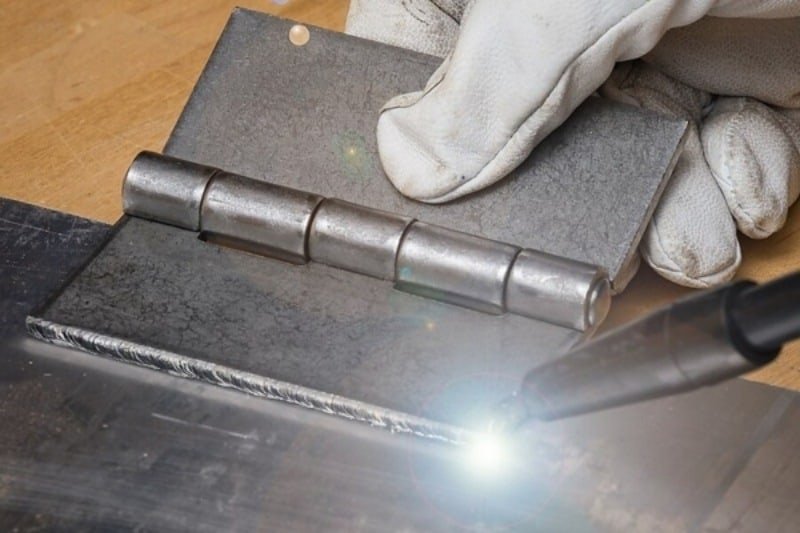
What is a blank hinge?
A blank hinge, also referred to as a mortise hinge or weld-on hinge, is a type of hinge that lacks mounting holes for screw installation on its leaves. Instead, it is typically attached to doors, door frames, or other objects using welding processes.

How does a blank hinge differ from a standard hinge?
The key difference between a blank hinge and a standard hinge lies in their installation method. Blank hinges are welded directly onto surfaces, creating a strong and permanent connection, whereas standard hinges have mounting holes for screw installation, allowing for removable attachment.

Where are blank hinges commonly used?
Blank hinges find applications in scenarios where a simplified appearance is desired, and a robust, non-removable installation is needed. They are often used in industrial equipment, vehicles, heavy machinery, and any situation requiring a strong and permanent connection.
What are the advantages of using blank hinges?
- Strength and Durability: Welded connections provide exceptional strength, making blank hinges suitable for high-load applications.
- Simplified Appearance: They offer a cleaner, screw-free look when installed.
- Permanent Attachment: Once welded, the hinge is permanently affixed, enhancing security.
Can blank hinges be used for doors?
Yes, blank hinges can be used for doors, particularly in industrial or heavy-duty applications where the strength of the hinge and a non-removable installation are essential.

What materials are blank hinges typically made from?
Blank hinges are commonly manufactured from materials such as steel or stainless steel to ensure strength and durability.
Can blank hinges be customized for specific projects?
Yes, and If you need to customize a hinge, HDC is your best choice. With a professional team and over a decade of experience in customizing hinges, we can tailor a solution based on your project requirements. You can select the appropriate size, material, surface treatment, and other specifications to ensure that the customized hinge perfectly aligns with your project needs. We look forward to providing you with professional advice and solutions to meet your unique requirements.
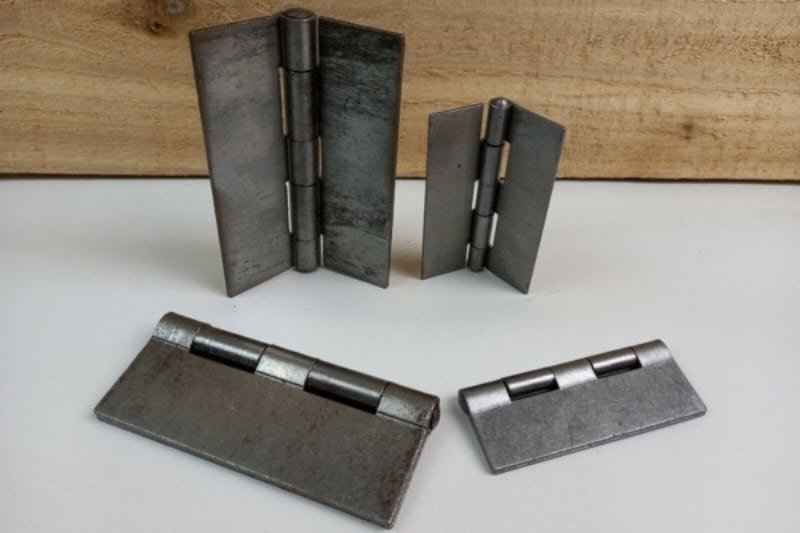
Are there different types of blank hinges?
Blank hinges come in various sizes and configurations to accommodate different applications. Common types include butt hinges, piano hinges, and continuous hinges, among others.
How do I install a blank hinge?
Blank hinges are typically installed using welding processes. Professional welding equipment and expertise are required to ensure a secure and lasting connection.
Can blank hinges be removed once welded in place?
Blank hinges are designed for permanent, non-removable installations. Removing them after welding would be challenging and may damage the hinge or the mounting surface. But you can choose removable pin types, which allows you to remove the door or panel by pulling out the pin.
Are there weight limitations for blank hinges?
The weight-bearing capacity of blank hinges depends on factors like material, size, and installation quality. It is essential to choose the right hinge specifications to match the load requirements of your specific application.
Conclusion
We hope this Blank Hinge FAQ has provided you with valuable insights into these unique hinges. If you need customized blank hinges for your project, HDC is your trusted partner. Our experienced team can provide tailored solutions, helping you choose the right size, material, surface treatment, and specifications, HDC is committed to delivering hinges that perfectly align with your project requirements.
[toc]